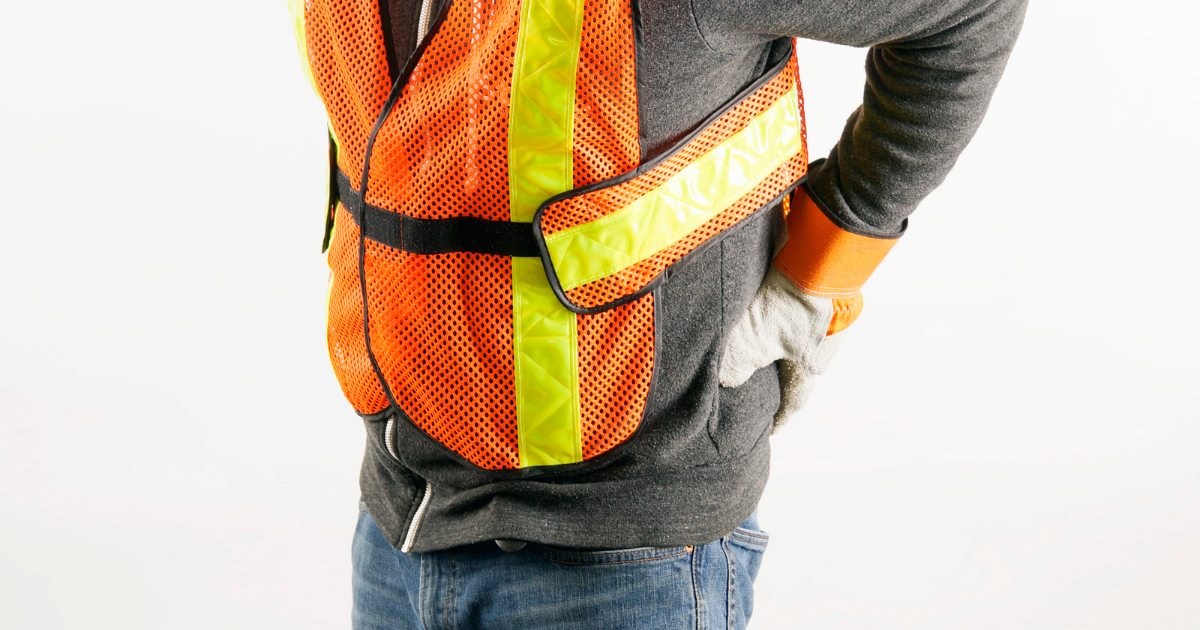Lower Back Disorder, or LBD, is defined as trauma affecting the lower portion of the spine. This can be caused by injury, excessive pressure put on the spinal nerves, disease, osteoarthritis, kidney and bladder infections, muscle damage, lumbar herniated disc and joint tears.
Did you know that LBD is classified by the World Health Organisation as one of the top three workplace health problems around the world[1] and is the most common and most costly musculoskeletal disorder experienced in the workplace[2]? In fact, it affects around 68% of construction workers and 49.9% of workers in the manufacturing industry[3].
If your workers conduct physical tasks or work with heavy equipment, it is important that you have safety procedures which educate and regularly train them on the correct way to handle these heavy items, to avoid the chances of experiencing LBD in your workforce.
According to our Ergonomics Experts, the best practice to avoid LBD (or any other injury) is to identify both the lifting capacity and physical capability of the worker before attempting to lift an object. Preferably the worker should gauge if there is another method to lift or move the object.
Incorporating Fitness for Work Assessments and Manual Handling Training into your business risk management practices will provide an extra safety net to protect your business and your workers.
Visit our website or reach out to our Ergonomics Experts to help guide you and your business in injury risk prevention.
Reference: [1] Low back pain: Handbook of Clinical Neurology 2015 [2] Estimating the global burden of low back pain attributable to combined occupational exposures 2005 [3] Musculoskeletal injuries in construction: a review of the literature 2001

